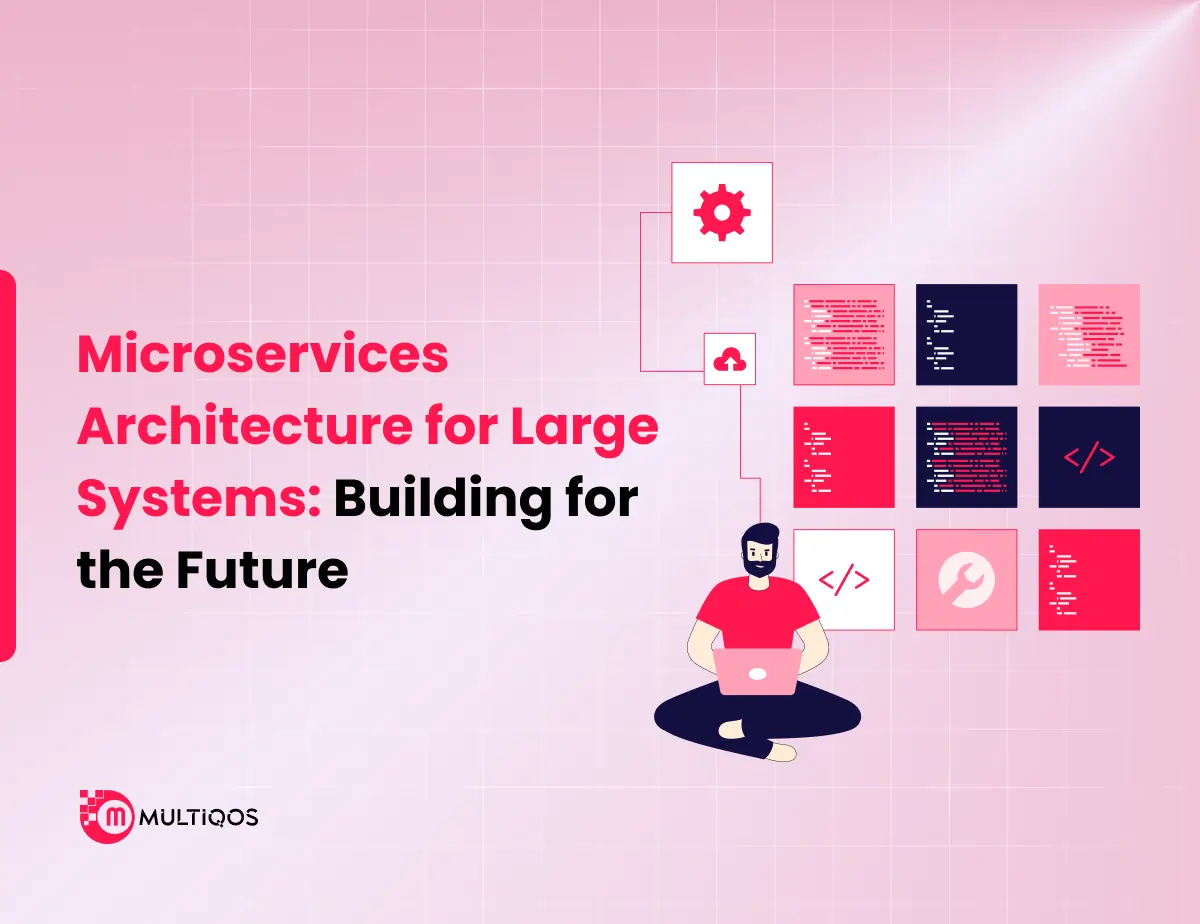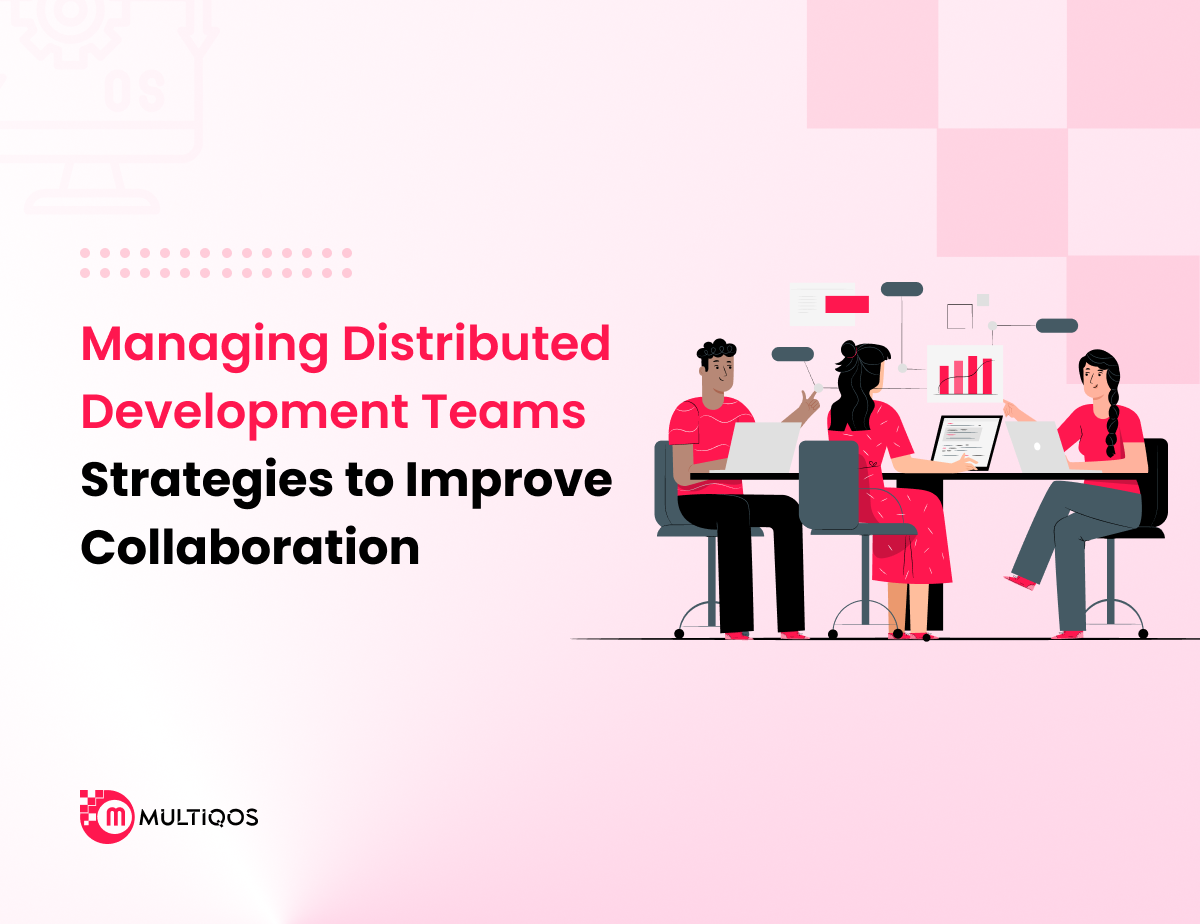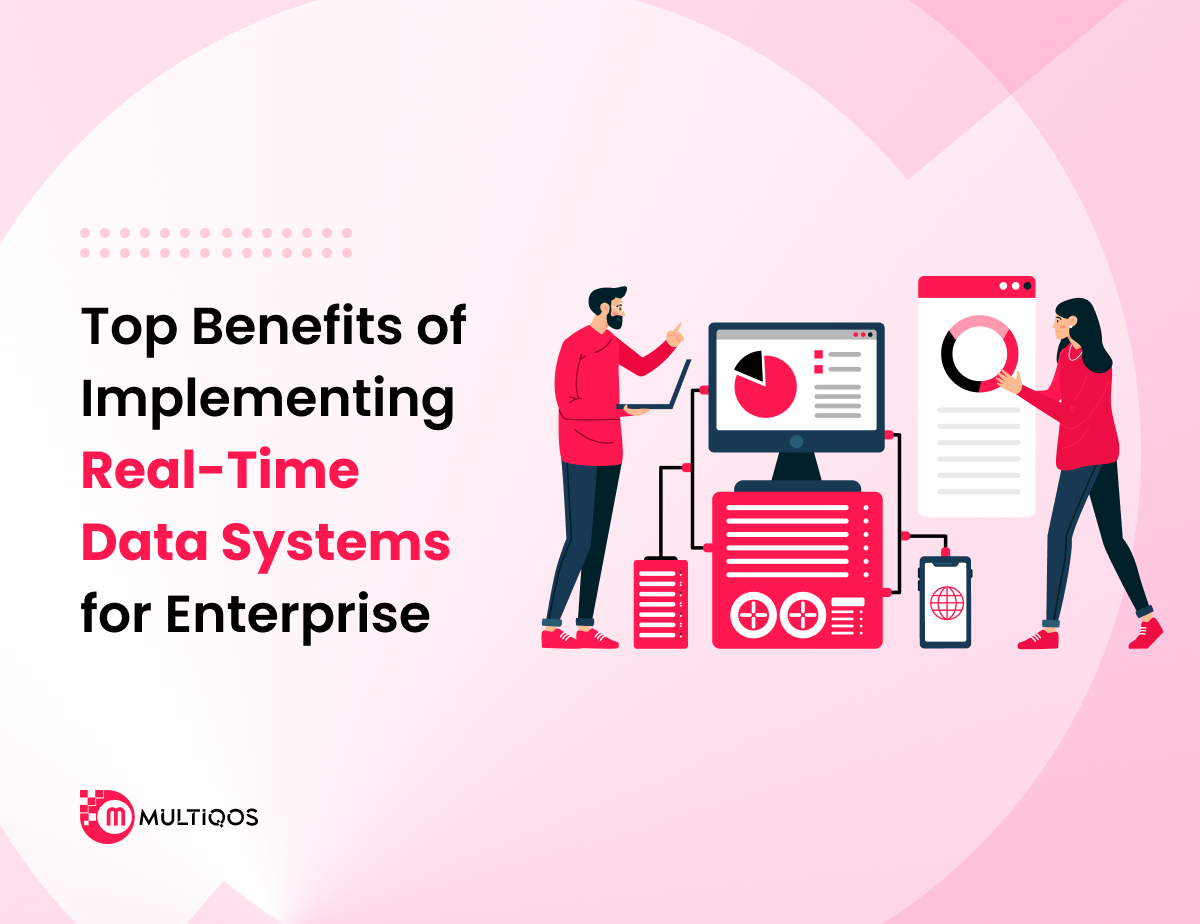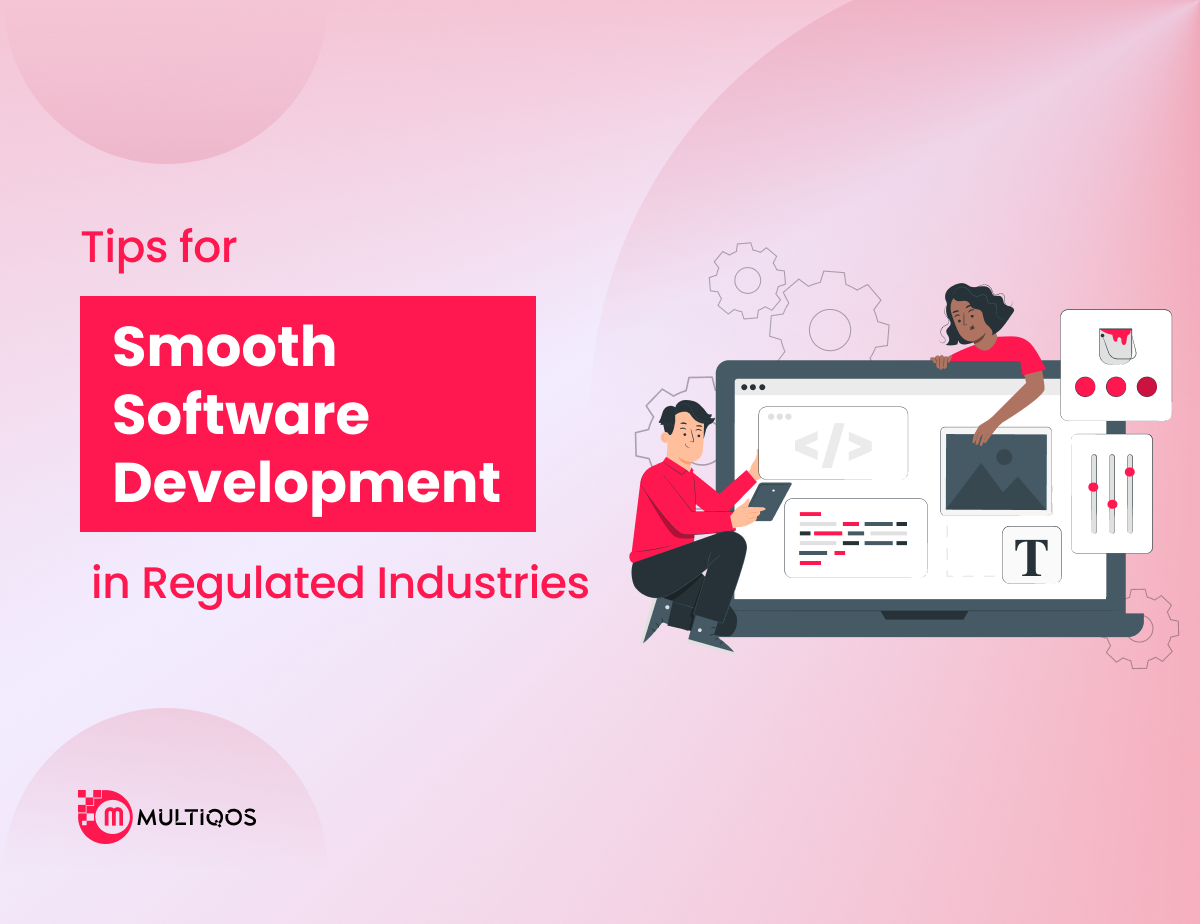Microservices Architecture for Large Systems: Building for the Future

Summary:
Microservices architecture for large systems is redefining how modern enterprises build and manage applications. Instead of relying on a single, monolithic framework, it allows complex systems to be developed as a collection of independent yet connected services.
This shift enables organizations to adapt quickly to evolving technologies and growing user demands. As businesses continue to scale and digital ecosystems expand, microservices architecture for large systems is becoming the foundation for building resilient, future-ready infrastructures that can handle complexity with efficiency and flexibility.
Introduction
Organizations are under constant pressure to form applications that can scale, modify, and perform seamlessly. Ancient monolithic architectures often struggle to keep up with this pace, leading many establishments to shift toward a more flexible and fast model, microservices architecture for large systems.
This modern approach breaks down detailed applications into smaller, independent services that work together to form a solid operation. By doing so, it empowers teams to innovate faster, maintain systems more productively, and prepare their infrastructure for future technological demands.
What is Microservices Architecture?
Microservices organization is a modern software design path that systems an application as a collection of small, independent services working together through APIs. Particular service is responsible for a unique celebration like endorsement, payment processing, or reporting, and can become developed, deployed, and scaled independently. This modular construction helps organizations manage intricate systems productively while increasing flexibility, performance, and consistency.
In the realm of web app development, adopting microservices architecture for large systems enables corporations to create scalable and future-ready applications. It allows multiple teams to work coincidentally, speeds up deployment cycles, and ensures that updates or revisions in one service do not agitate the complete routine, resulting in more without delay and eco-friendly digital options.
Core Components of Microservices Architecture for Large Systems
Implementing microservices architecture for large systems requires a well-orchestrated set of components that make sure scalability, flexibility, and fault tolerance. One by one constituent plays a certain role in assisting independent services to work cohesively while maintaining performance and fidelity across detailed undertaking systems.
1. Service Communication
In a microservices ecosystem, individual services need to communicate efficiently to function as a unified system. Communication typically occurs through lightweight protocols like REST APIs, gRPC, or asynchronous messaging systems such as RabbitMQ or Kafka. These systems affirm data reliability, truth, and speed while reducing dependencies among services. Efficient communication design particularly helps minimize latency and maintain performance balanced as the method grows.
2. Service Discovery
As the number of microservices escalates, keeping track of their locations and presence turns into tough. Service discovery tools automatically register and locate services, empowering dynamic scaling and load distribution. Solutions like Netflix Eureka or Consul help microservices find every one second without tough-coded configurations, ensuring limitless communication flat when new instances are added or removed in true moment.
3. API Gateway
The API Gateway acts as the central access point for all client requests entering the microservices network. It routes requests to the precise services, handles grant, caching, rate limiting, and transforms data formats if needed. By simplifying outside communication, an API Moment in addition elevates protection and amplifies user understanding while reducing the challenge of managing multiple service endpoints.
4. Database per Service
Unlike monolithic architectures that use a single database, microservices stick with the principle of “database per service.” One by one service manages its own data storage, allowing teams to select the most accurate database technology for their distinct needs, whether SQL, NoSQL, or in-memory databases. This separation prevents data conflicts, encourages independent scaling, and ensures services remain loosely coupled.
5. Load Balancer
A load balancer is important for distributing incoming traffic regularly across multiple service instances. This prevents any single instance from shifting overloaded and ensures greatest performance and uptime. In gigantic systems, load balancers like NGINX, HAProxy, or AWS Bendable Load Balancer play an essential role in advancing fault tolerance, automatically rerouting traffic when a service instance fails.
6. Circuit Breaker
In distributed systems, a single failed service can turn on a chain reaction of failures. The circuit breaker pattern prevents this by detecting unresponsive services and temporarily cutting off communication with them. This allows the failing service time to recover while the rest of the system continues to operate. Tools like Hystrix or Resilience4j are commonly used to implement this safeguard in microservices architectures.
7. Containerization and Orchestration
Containerization, activated by tools like Docker, packages every service with its dependencies, ensuring truth across different environments. Orchestration platforms such as Kubernetes automate deployment, scaling, and management of these containers, maintaining steps exactness and flexibility. Together, they simplify DevOps workflows and do it simpler to manage big-scale applications easily.
8. Monitoring and Logging
Monitoring and logging provide visibility into the performance and health of each microservice. Tools like Prometheus, Grafana, and ELK Stack (Elasticsearch, Logstash, Kibana) help track metrics, detect anomalies, and troubleshoot issues in real time. Centralized monitoring ensures teams can proactively address problems, maintain uptime, and continuously improve the system’s performance.
The Road Ahead: Building for the Future
As technology continues to progress, the new era of software development will increasingly rely on flexibility, scalability, and resilience, all core strengths of microservices architecture for large systems. This structural tactic aligns flawlessly with modern patterns such as cloud considering, DevOps, and containerization, permitting firms to improve endlessly without being held back by legacy systems.
Looking at the forefront, integrating with emerging technologies like AI, IoT, and edge reckoning will further improve the capabilities of microservices-centered environments. Businesses that adopt this organization today are not only optimizing for current performance on the other hand moreover laying the groundwork for innovation, resilience, and long-term success in a rushed-switching digital world.
Final Thoughts
As technology continues to evolve, microservices architecture for large systems stands out as a sustainable approach to building scalable and adaptable enterprise solutions. It allows organizations to respond swiftly to market demands, integrate new technologies with ease, and maintain system reliability even as operations expand.
However, implementing microservices effectively requires the right talent and expertise. To ensure seamless development and deployment, businesses should hire software developers who specialize in microservices, cloud infrastructure, and distributed systems. With the right team and strategy in place, enterprises can confidently build future-ready systems that support long-term innovation and growth.
FAQs
Startups are adopting microservices to overcome the restrictions of old-fashioned monolithic architectures. Microservices make systems more hurried, uncomplicated to maintain, and scalable on demand. This way allows faster deployment, preferred fault isolation, and smoother fusion with modern technologies like cloud measuring and DevOps.
Microservices framework amplifies scalability by granting per service to scale independently established on its workload. Instead of bettering the help for the overall application, only the high-demand components are scaled. This makes strength utilization more smooth and champions unchanging performance under varying traffic loads.
While microservices offer flexibility and scalability, they on top of that introduce challenges such as managing distributed systems, maintaining data perfection, and ensuring useful communication comparing services. Monitoring, debugging, and deployment can likewise become intricate without the accurate infrastructure and tools in place.
Containers, like Docker, package separate microservice with its dependencies, ensuring truthfulness across environments. Orchestration tools such as Kubernetes mechanize the deployment, scaling, and management of these containers, permitting smooth operation and capable asset designation in massive systems.
If you’re organizing to modernize your application infrastructure or build a scalable project solution, our consultant team can help. At MultiQoS, we specialize in designing and deploying microservices planning for massive systems tailored to your business needs. Contact us today to discuss your project and discover how our experienced software developers can convey your vision to life.
Get In Touch







